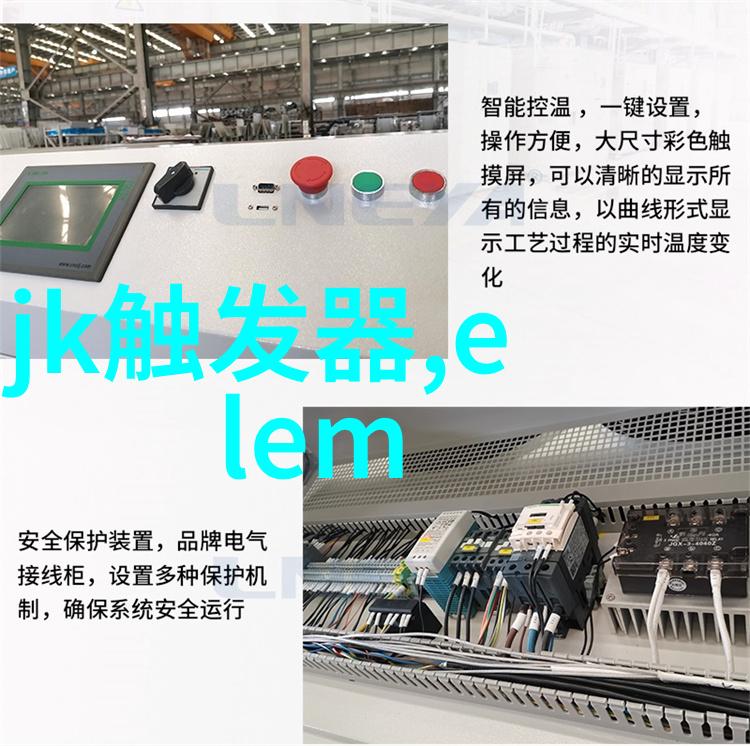您现在的位置是: 首页 - 嵌入式系统 - 固定床反应器设计静谧的科学之美与激动人心的创新挑战 嵌入式系统
固定床反应器设计静谧的科学之美与激动人心的创新挑战
2025-05-22 【嵌入式系统】 0人已围观
简介在化学工艺中,固定床反应器是一种常见的设备,它通过将化学物质按照特定的方式排列在固体、液体或气体介质上来实现化学反应。这种设计不仅能够提高反应效率,还能减少对环境的影响。这篇文章将深入探讨固定床反应器设计背后的科学原理以及它如何成为推动现代化工进步的关键技术。 1.1 固定床反应器概述 固定床 reactor 是一种广泛应用于化工生产中的装置
在化学工艺中,固定床反应器是一种常见的设备,它通过将化学物质按照特定的方式排列在固体、液体或气体介质上来实现化学反应。这种设计不仅能够提高反应效率,还能减少对环境的影响。这篇文章将深入探讨固定床反应器设计背后的科学原理以及它如何成为推动现代化工进步的关键技术。

1.1 固定床反应器概述
固定床 reactor 是一种广泛应用于化工生产中的装置,它们通常用于催化剂或催化剂颗粒等固体材料上进行化学反应。这些设备可以分为多种类型,如流过式(如喷射塔和循环流过塔)、穿孔板和层状结构等。

1.2 设计原则
当设计一个新的固定床 reactor 时,需要考虑以下几个关键因素:

催化剂利用效率:这是决定着整个过程经济性和可持续性的重要参数。

反应条件控制:温度、压力、流量等都是影响反映结果的一些主要因素。
安全性:确保操作人员安全是任何工程项目不可忽视的一项基本要求。

2.0 固定床 reactor 的优势
尽管存在诸多挑战,但固定 bed reactors 仍然具有其独特优势:
2.1 高效利用资源
由于催化剂被有效地重复使用,这意味着能源消耗更低,从而降低成本并减少环境污染。
2.2 控制精度高
通过精确调节各个参数,可以最大限度地优化产品质量和产量。
3.0 固定 bed reactors 在不同领域中的应用案例分析
3.1 石油裂解
在石油裂解过程中,固定的催化剂能够提供必要的空间给大分子以折叠,使它们更容易发生裂解,从而提高转换效率。此外,由于大部分时间都处于稳态运行,因此操作简便且成本较低。
3.2 氢燃料生产
随着全球对于可再生能源兴趣日益增长,氢燃料作为未来清洁能源的一个潜在来源,其生产过程涉及水蒸汽转变成氢气,而这正是固定的铂基催化剂所适用的场景之一。在这个过程中,不断更新传递区使得每一份水蒸汽都能充分接触到活跃金属表面,以促进水拆分成氢气与氧气。这一技术有助于我们走向一个更加绿色、高效的地球未来。
4.0 固定 bed reactors 面临的问题及其解决方案
虽然前述已指出了一些固定的好处,但实际操作中也有一系列问题需要解决:
4.deterioration of catalyst activity over time, leading to decreased reaction efficiency and increased maintenance costs.
To mitigate this issue, periodic regeneration or replacement of the catalyst is necessary.
4.clogging of the reactor with solid particles that can lead to reduced flow rates and even complete blockage.
The use of filters or other separation technologies can help minimize this problem.
5.concerns about safety due to potential explosions caused by pressure buildup or uncontrolled reactions.
Regular monitoring and control systems are essential for ensuring safe operation.
6.the need for precise temperature control in order to maintain optimal reaction conditions.
This requires advanced instrumentation and sophisticated control algorithms.
6.the risk of contamination from external sources such as air leaks or spills.
Proper sealing techniques and stringent quality control measures must be implemented during design and construction stages.
7.key challenges in scaling up fixed-bed reactors from laboratory-scale experiments to commercial applications:
Scalability issues include maintaining uniformity throughout the entire system, handling heat transfer limitations at larger scales, and optimizing mass transport processes while keeping costs manageable.
8.future prospects for innovation in fixed-bed reactor technology:
8.a continued focus on developing more efficient catalyst materials with improved properties such as higher activity levels or better stability under harsh operating conditions;
8.b advancements in process intensification techniques which allow more complex chemical reactions within a smaller footprint;
8.c integration with other emerging technologies like artificial intelligence (AI) for real-time monitoring, optimization & predictive maintenance;
9.conclusion: Fixed-bed reactors have proven themselves as versatile tools across various industries but face numerous challenges along the way; however their adaptability allows them to continuously evolve towards meeting ever-growing demands on efficiency sustainability & scalability through ongoing research development innovations & improvements






